10 Apple Acquisitions That Made Their Mark
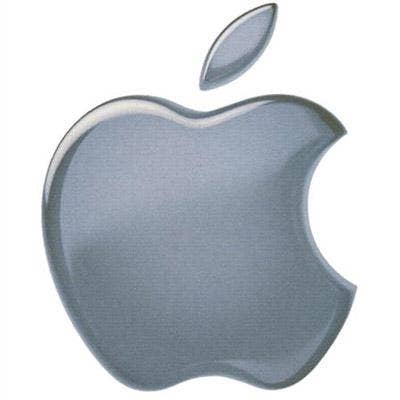
Apple isn't known as an acquisitive company, even when it's sitting on a huge pile of money. So in February, when Apple COO Tim Cook downplayed the notion that Apple's approximately $40 billion in cash reserves could trigger a shopping spree, no one was surprised.
When Apple does buy companies, it's almost always tight lipped about how they'll fit into its strategy. But when you look at Apple's history, some acquisitions stand out in terms of adding important features to existing product lines or opening doors into new markets. Here we offer 10 examples of Apple acquisitions that made their mark.
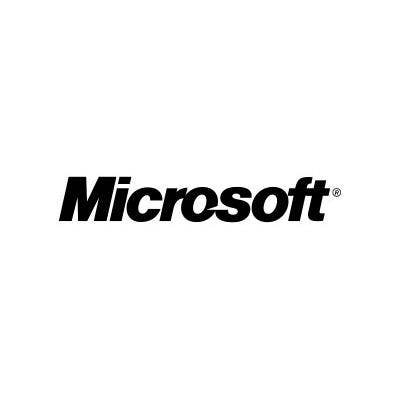
Any examination of Apple's acquisition history has to begin with this one. Apple's $429 million acquisition of NeXT not only remains the largest in company history, it's also the deal that brought Steve Jobs back to Apple.
What's more, NeXT's Openstep specification became a major portion of the technology foundation for OS X. "A lot of what Apple has been able to pull off has been a result of the fundamental architecture gained from NeXT," says Michael Oh, president of Boston-based Apple reseller Tech Superpowers.
Apple's move from PowerPC to Intel processors wouldn't have gone nearly as smoothly without the NeXT acquisition, according to Oh. "If you imagine switching chip architecture between operating systems and maintaining continuity, that's basically unheard of. It would be tough to envision Microsoft getting away with that."
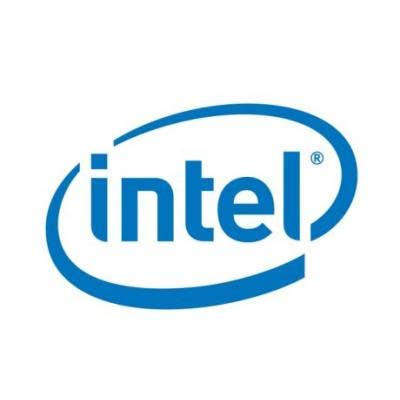
Shortly after Apple revealed its $278 million acquisition of Santa Clara, Calif.-based chipmaker PA Semi, Apple CEO Steve Jobs said the startup would be tasked with making system-on-chips for iPhones and iPods.
PA Semi's line of high performance, power efficient chips offer a wealth of options for Apple, which is now referring to itself as mobile device company. PA Semi is believed to have driven development of the A4 chip that powers the iPad, but there have been recent suggestions that this may not be accurate.
In any event, Apple clearly sees a good portion of its future business lying on its ability to continue building on the success of the iPhone, and custom-built chips will pave the way. "Apple wants as much of the value chain under their control as possible," says Michael Oh, president of Boston-based Apple reseller Tech Superpowers.
"Ten years ago, people would have said silicon is completely out of Apple's realm, but with mobile computing, more doors have been opened, which is why PA Semi is an essential acquisition," Oh adds.
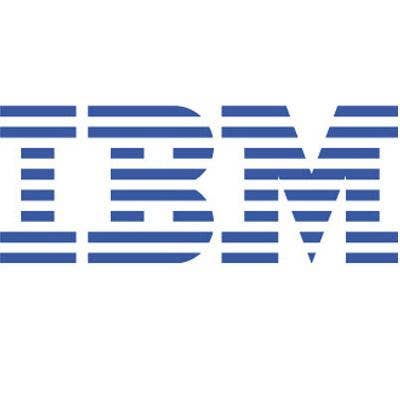
Apple added a significant patent and engineering piece to its multi-touch arsenal in acquiring FingerWorks, a developer of gesture recognition technology. Precious little is known about this deal, although FingerWorks' technology is believed have made its way into the iPhone and the user interface of Apple's forthcoming iPad.
Prior to being acquired, FingerWorks co-founders John Elias and Wayne Westerman were best known for their iGesture Pad and the TouchStream keyboard, which they developed in part to give users with repetitive stress injuries a low impact alternative to conventional keyboards and mice.
Oddly, the FingerWorks Web site remained intact for nearly five years after the acquisition. Then in January, two weeks before Apple's iPad launch event, all product information disappeared from the FingerWorks site and was replaced by a message that the company had ceased operations. Given the sensitive nature of FingerWorks' technology, and the apparent ease with which others have been able to emulate/copy it, it's hardly surprising that Apple is keeping the details of this acquisition deeply under wraps.
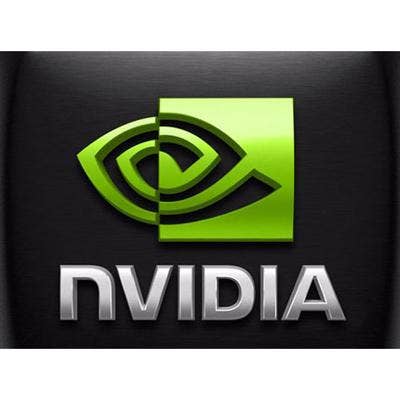
Apple spent $100 million to acquire the core assets of Power Computing, a Round Rock, Texas firm that was the first to sell Mac clones. The deal effectively short-circuited the emerging market for Mac clones and gave returning Apple CEO Steve Jobs a fresh start in a clone-free Mac market.
"The Power Computing deal killed the whole clone play, which is important because Apple never really wanted clones," says Marc A. Wolfe, CEO of Proactive, an Apple specialist in Oakland, N.J.
Mac clones haven't completely gone away: Psystar, a Florida based firm that sold PC hardware with modified versions of Apple's popular OS X operating system, has been a thorn in Apple's side. Apple sued Psystar for copyright infringement in 2008 and the two sides reached a partial settlement in December. Still, the Power Computing deal signaled the beginning of the end for those who would dare to challenge Apple's Mac business.
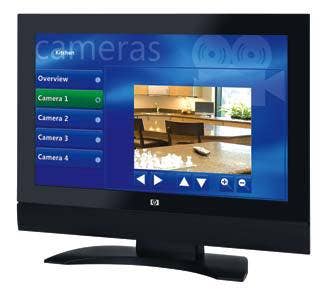
Apple's niche in the market for high-end video editing and post production wouldn't be nearly as well defined if the company hadn't seen fit to acquire the development team for Final Cut Pro from Macromedia just as the dot-com boom was getting under way.
Final Cut wasn't heavily marketed and developed by Macromedia, but since Apple bought the intellectual property and the developers, it has become one of the top video desktop editing programs on the market, notes Nick Gold, sales manager at Chesapeake Systems, a Baltimore, Md.-based Apple VAR.
As is often the case with Apple's high end products, the company over time has allowed functionality from Final Cut Pro to trickle down to the consumer level in iMovie, according to Gold. "Apple buys professional applications, continues developing them, and spins parts off and down to the masses at large," he said.

DVD Studio Pro is another high-end product that has helped Apple maintain its niche in video production, and it's now available only in the Final Cut Pro suite. After buying the German DVD authoring software firm Astarte in 2000, Apple turned the technology into the first iteration of DVD Studio Pro.
However, Apple apparently wasn't satisfied with this deal, and so in 2001 acquired Spruce Technologies and essentially made it the basis for future DVD Studio Pro development. In business, as in life, sometimes you don't get things right the first time. But when the decision to start over costs money, as it did in Apple's case, the company deserves credit for making a tough call.
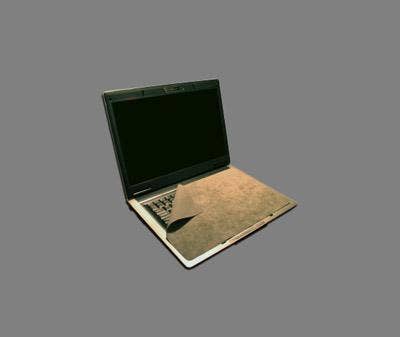
Unveiled in January, Apple's $275 million acquisition of mobile advertising firm Quattro Wireless hasn't had much time to bake, but it reflects Apple's mobile ambitions and its desire to fortify its technology portfolio for the coming Google wars.
Booming sales of the iPhone have helped Apple sail through rough recessionary waters, but mobile advertising may end up being an even more financially rewarding business. With Quattro, based in Waltham, Mass., Apple will be able to deliver advertising to mobile devices while improving the measurement and execution of digital ad campaigns. Quattro also gives Apple a counterpart to AdMob, the mobile advertising firm that Google nabbed in November for a jaw dropping $750 million.
According to Michael Oh, president of Boston-based Apple reseller Tech Superpowers, the Quattro deal gives Apple an alternative to Google's entrenched dominance in mobile advertising. "Google is really the only other player that has a chance at making any real market share gains against the iPhone," says Oh.

Apple's $17 million acquisition of Lala, a Palo Alto, Calif.-based Web music streaming startup, gives Apple a streaming, paid Web music platform to complement iTunes, which only features downloads, as well as a counterpart to Google's One Box music service.
iTunes has been hugely successful, and while it's not yet clear what Apple plans to do with Lala, the infusion of new technology should give iTunes a shot in the arm.
"The pay-per-song business model is losing a bit of market share, and it could be that Apple is looking to hedge their bets there and see how they could integrate that into the ecosystem," says Michael Oh, president of Boston-based Apple reseller Tech Superpowers.
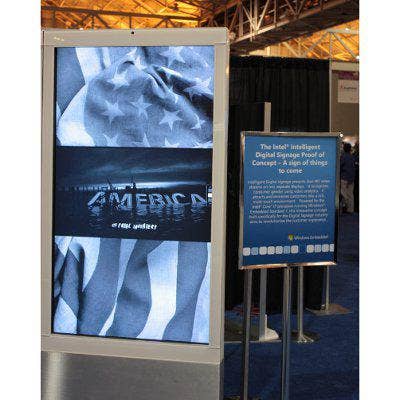
Apple's $30 million acquisition of German firm Emagic brought in Logic, a high end audio recording and production application that's now called Logic Studio. At the time, Emagic made both PC and Mac versions, and one of Apple's first moves was to kill off the PC product line.
Apple has continued to develop Logic for the professional market and uses a lot of the core IP from the Emagic deal in Soundtrack Pro, part of the Final Cut Pro suite. The deal also yielded an entry level audio recording and production package that's currently part of the iLife suite.

Apple's $15 million acquisition of Venice Beach, Calif.-based Nothing Real brought in the high-end digital compositing application Shake, which is used by motion picture studios for special effects and animation. Since then, Apple has been pulling key pieces from Shake and incorporating them into Motion, part of the Final Cut Studio.
The Nothing Real acquisition is a perfect example of Apple's strategy of buying high-end technology and then working it into its product line over time while also lowering the price. Shake cost nearly $5,000 when Apple first released it for OS X, while Shake 4.1, launched in 2006, listed for just $499.